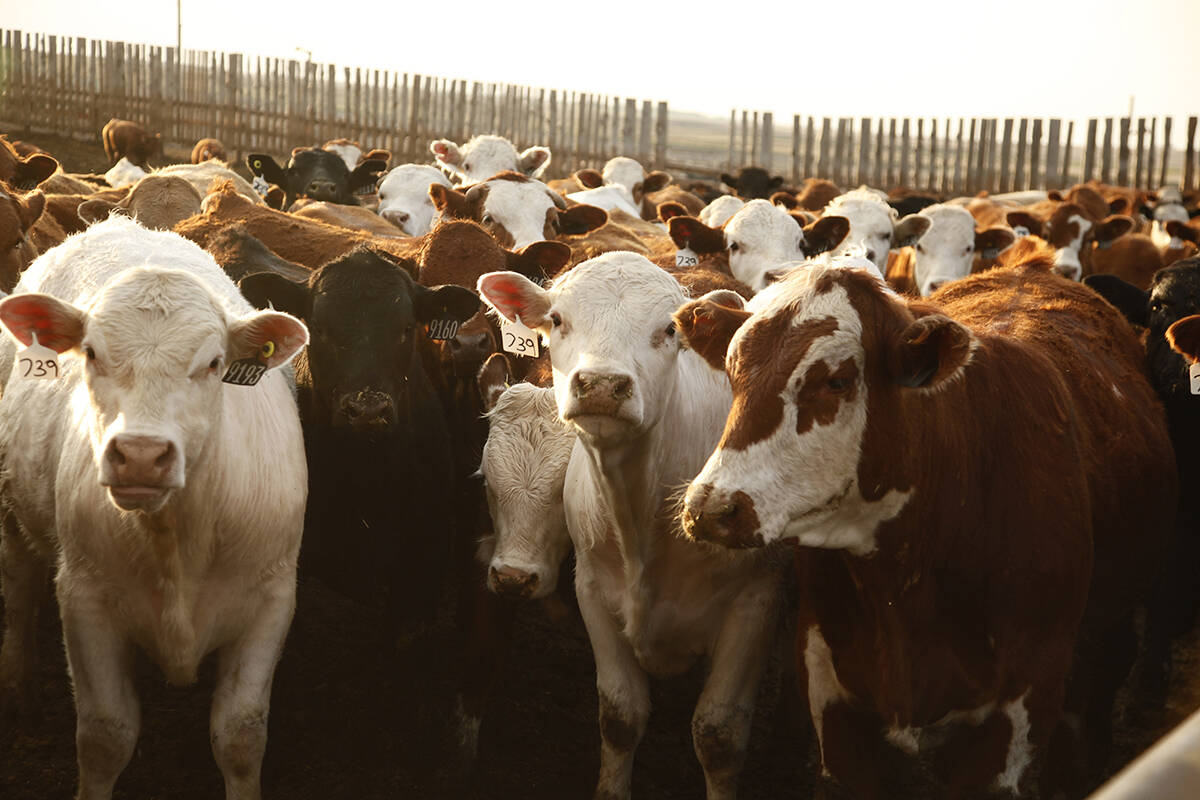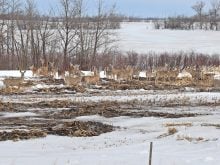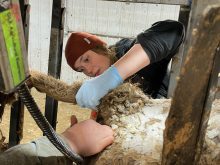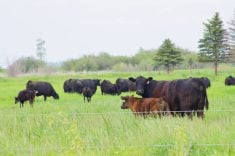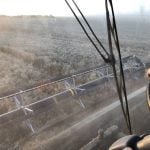Canada’s agency for food safety is encouraged with cattle industry response to a new, more farmer-friendly approach to BSE surveillance.
The Canadian Food Inspection Agency’s updated national BSE surveillance program, which was put in place earlier this year to meet new international standards, has received 152 samples of risk material of Aug. 11, it recently said.
It has also paid $102,000 to veterinarians, cattle producers and deadstock collectors who have submitted invoices to the CFIA for services rendered. These include transporting BSE surveillance candidates to necropsy rooms, veterinary consultations and carcass pick-up.
Read Also
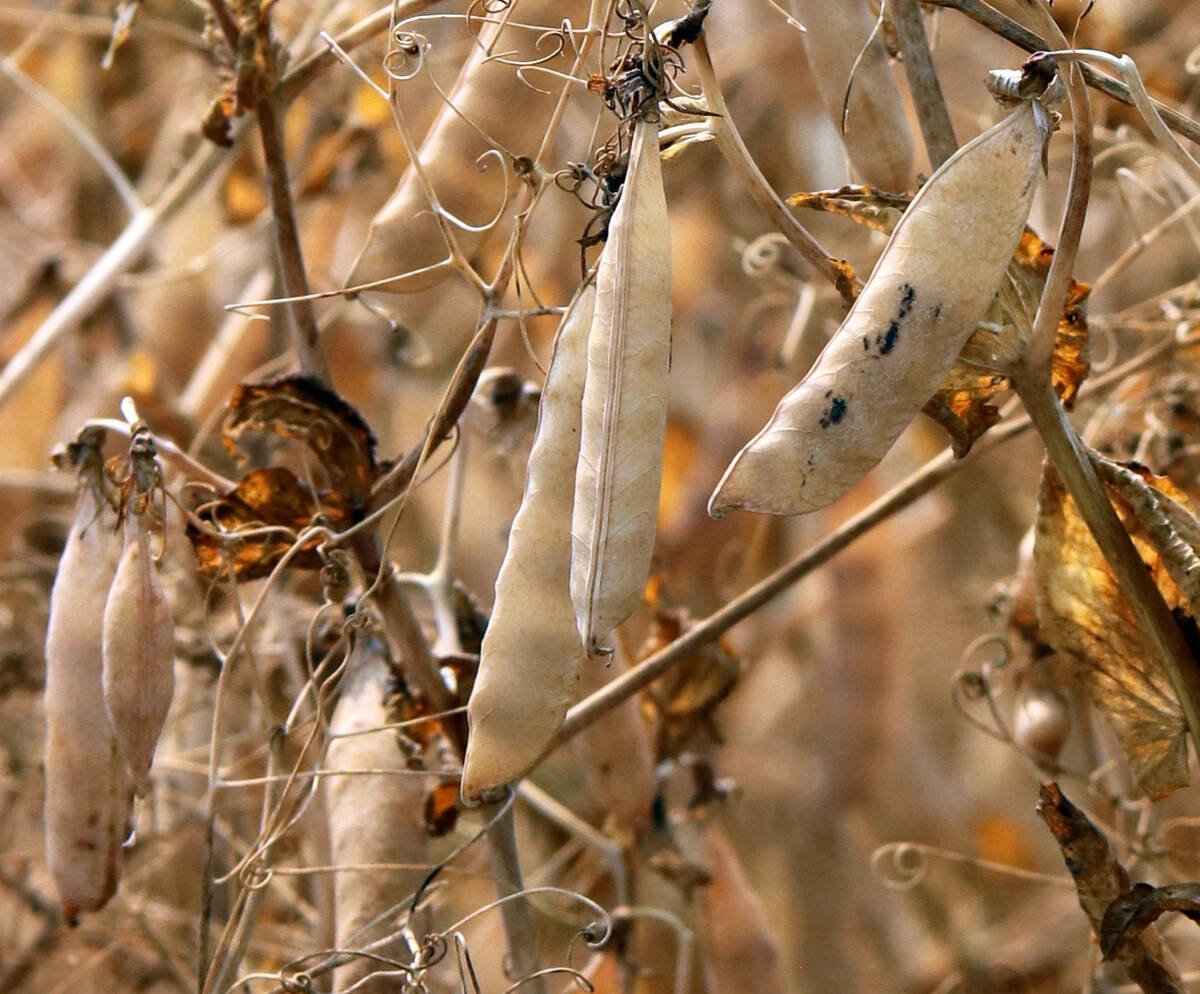
Trump’s tariffs take their toll on U.S. producers
U.S. farmers say Trump’s tariffs have been devastating for growers in that country.
Classical BSE hasn’t been found in Canada since 2015, although an atypical case, considered to crop up sporadically and has not shown to transfer to humans, was found in 2021.
However, testing for the disease is just as important as ever, said Dr. Leigh Rosengren, chief veterinarian officer with the Canadian Cattle Association.
“Canada needs to continue to demonstrate to international trading partners that we are meeting the standards for international trade, so that means demonstrating we have an effective surveillance system,” she said.
“So if producers see or are concerned about an animal that they think might fit, this is absolutely critical that they contact their veterinarian, which is probably the easiest avenue to enter the surveillance system.”
The bulk of participation so far has been centred in Alberta,“but cattle are present across the country and we’re encouraging broader involvement from people who work with cattle in other provinces,” the CFIA wrote in an email.
The World Organization for Animal Health (WOAH) sets global surveillance standards to help countries prevent and control animal diseases, including BSE, while supporting safe trade.
That includes the need for a suveillance system that can quickly detect any re-emergence of classical BSE. In Canada, it’s needed to maintain the country’s current “negligible” BSE risk status, which protects trade with international beef and cattle buyers.
New WOAH standards came out in May 2023 to recognize a drop in global BSE incidents. That paved the way for a more streamlined surveillance system, said Rosengren.
“The new … standards allow for a more simplified surveillance system than was allowed previously and it really better matches the reality in the field and is a cost reduction for countries,” she said.
“The standards do not lead to a reduction in effectiveness. They are equally as effective, but they are more flexible and more cost-effective.”
She said the new system is more flexible and based on risk.
“(That means) what we need to do is to demonstrate that we are sampling those high-risk animals that meet a certain criteria.”
That criteria includes animals older than 30 months old with a history that indicates a potential risk of BSE.
Canada has developed an online BSE surveillance candidate questionnaire to further make things easier for the sector.

Found on the CFIA website, it’s intended to help producers determine if an animal should be tested for BSE, starting with questions about common symptoms such as excessive salivation or teeth grinding, difficulty avoiding obstacles or abnormal pacing in circles. It’s estimated to take less than four minutes.
If the animal is eligible for testing, the form then collects more details such as its age, sex, production type, identifiers, breed and exact location, as well as the name and email address of the person completing the questionnaire.
A unique identifier is generated for all completed questionnaires to track the sample and enable invoicing to the CFIA.
If there’s one BSE prevention standard Rosengren would like to emphasize to cattle producers, it’s adherence to Canada’s ruminant-to-ruminant food ban. That means not feeding ruminant-based material to other ruminants, defined in this case as cattle, sheep, goats, bison, elk and deer.
“That’s the most important thing producers can do,” she says.
“Most of the burden of ongoing prevention does fall on our rendering industry and our abattoir industry because they are the ones that manage that specified risk matter (that can cause BSE).”
BSE testing in Canada has always been voluntary, even in the dark years immediately following detection of the disease in 2003, but it is also a reportable disease under the Health of Animals Act.
“This means that anyone responsible for or working with cattle such as owners, veterinarians or laboratories must immediately notify the Canadian Food Inspection Agency if they suspect or become aware of the presence of BSE,” the agency says.
With the shrinking profile of the disease worldwide, however, and Canada’s long BSE-free period, some might wonder about the necessity of checking cattle for BSE.
“I’d say to those producers, in some ways, they’re exactly right,” said Rosengren.
“Globally, the incidence of this disease has dropped, and that’s exactly why the World Organization for Animal Health changed their surveillance standards in recognition of that reality, to find that balance between simplicity and cost reduction while still protecting the health of consumers and the health of our cattle herd.”


